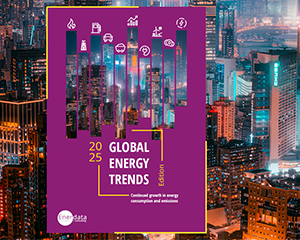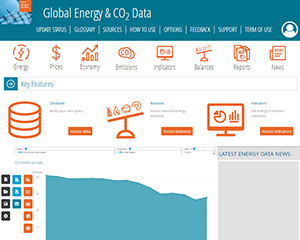LNG balance of trade
In 2024, the EU LNG exports fell by 15% but remained 30% above their 2019 level.
Breakdown by country (bcm)
Loading...
World
Breakdown by region (2024) - bcm
Loading...
Our 2025 edition of Global Energy Trends presents insights on essential energy data.
We have contextualised these findings against long-term climate targets :
- Which must accelerate their efforts to meet 2050 targets?
- What are the underlying drivers explaining why Europe is struggling to achieve the Paris Agreement objectives?
- Which regions are making substantial contributions to climate mitigation?
Need more data? All the information presented in this energy data tool are extracted from Global Energy & CO2 Data service, the most comprehensive and up-to-date database on all gas states and sources: natural, manufactured and LNG. Access to the whole gas value chain information: reserves, production, trade, LNG liquefaction capacities, prices, consumption per sector and indicators.
Discover this service


